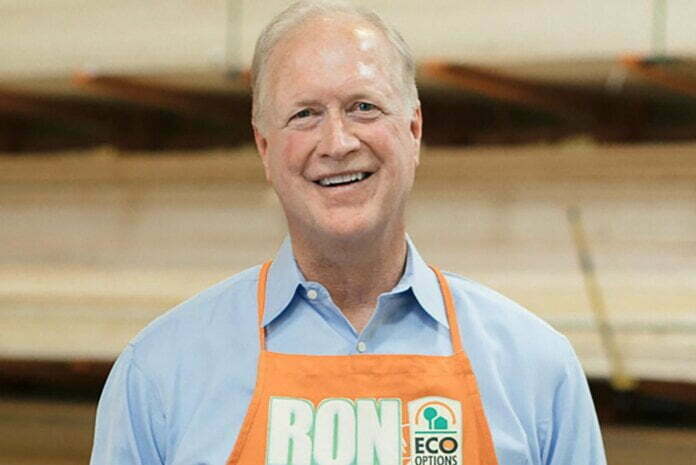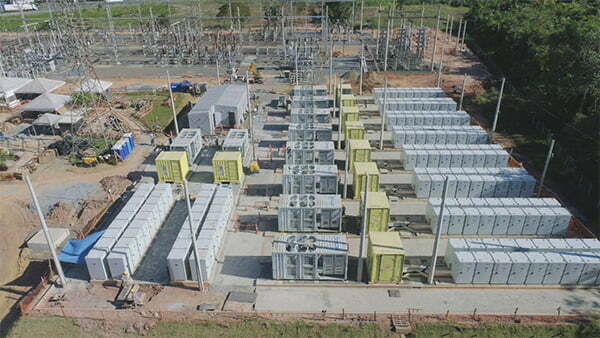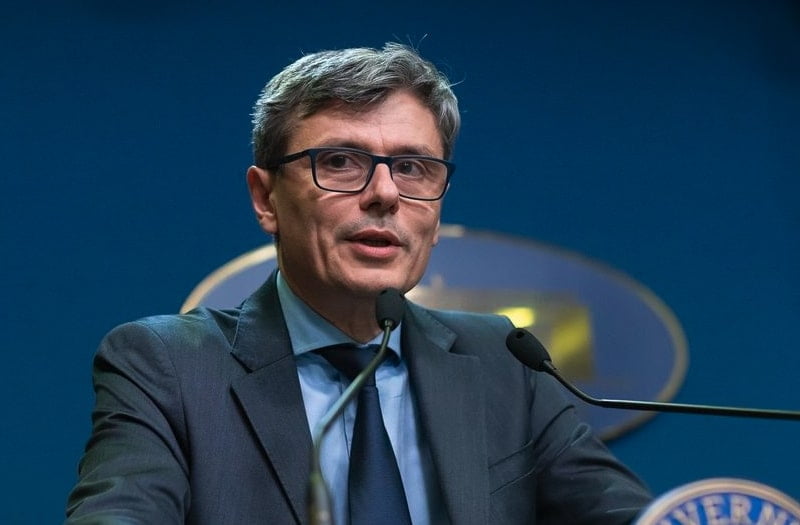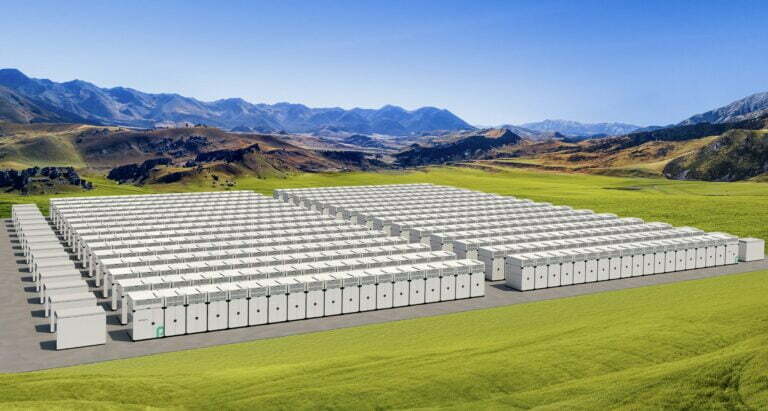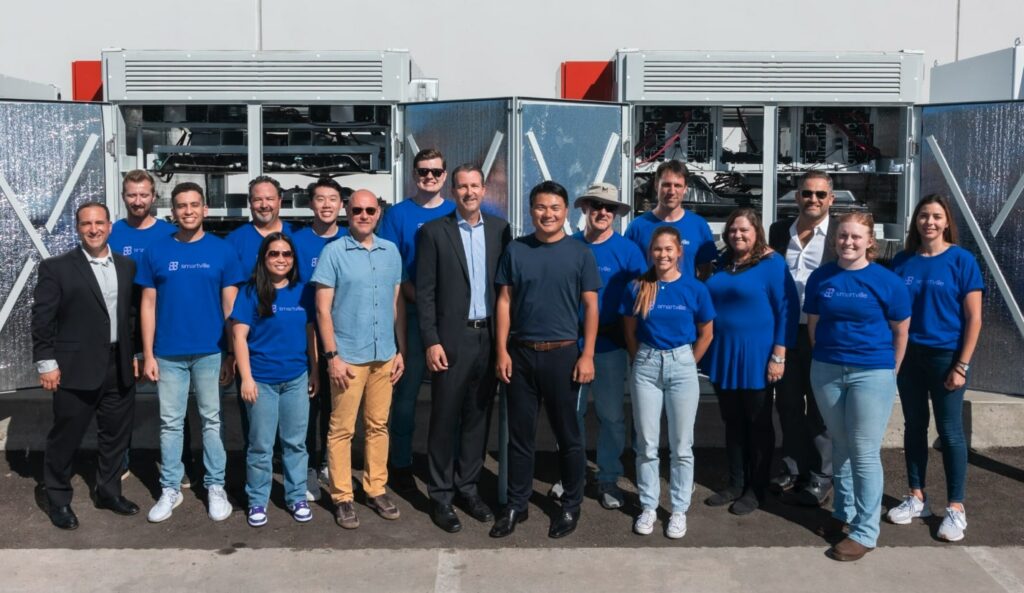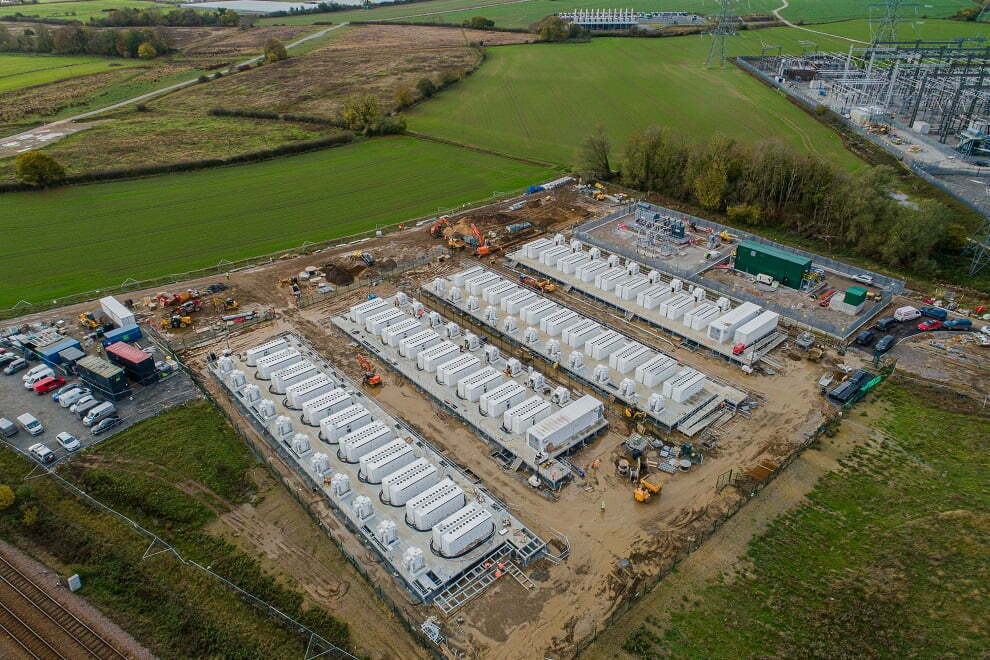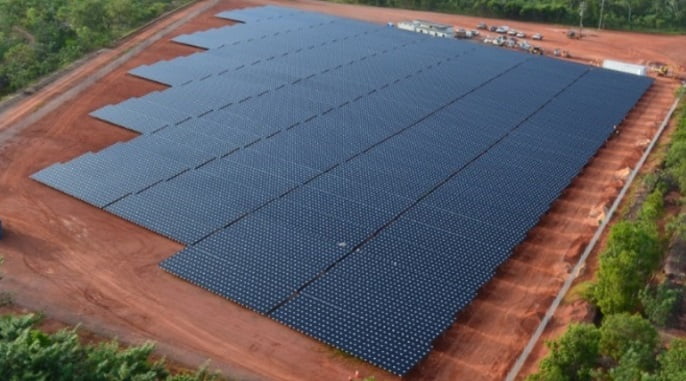Gov. Kathy Hochul
The number of individuals with clean energy jobs in New York State has reached a record level of 165,000 workers at the end of 2021, Gov. Kathy Hochul states, helping to lead New York’s COVID-19 economic recovery by recouping the clean energy jobs lost in 2020 and exceeding pre-COVID-19 clean energy employment levels by 1,300 jobs.
“This year’s Clean Energy Industry Report shows what I have always known to be true of New Yorkers – that we are resilient, and we keep moving forward in the face of adversity,” Gov. Hochul says. “Although COVID-19 greatly impacted the entire economy over the last few years, we have seen how the clean energy industry has led the way in our recovery. More New Yorkers than ever before are employed with family-sustaining clean energy jobs and are actively helping New York build a workforce that can meet the demands of the future.”
The 2022 New York Clean Energy Industry Report by the New York State Energy Research and Development Authority (NYSERDA) provides data on the state’s clean energy job growth through the end of 2021. The report shows that this sector rebounded faster from the impact of COVID-19 than nearly all other industries in New York and that since 2015, clean energy employment in the state has grown by approximately 17 percent, or over 24,000 jobs.
Key findings from this year’s report include 165,055 New Yorkers had clean energy jobs at the end of 2021, up from 157,686 in 2020. New York’s green jobs grew more than 4.7% from 2020 through 2021 – gaining over 7,000 jobs in 12 months.
This sector experienced a faster recovery compared to other industries in New York including education and retail trade; employment in these industries grew between 1.7-3% between 2020 and 2021.
Employment met or exceeded pre-pandemic levels in almost all technology sectors. Renewable electric power generation, alternative transportation, renewable fuels, and grid modernization and energy storage all reached or surpassed their pre-pandemic employment levels by the end of 2021.
The alternative transportation technology sector saw unprecedented growth between 2020 and 2021. Alternative transportation employment expanded by almost 26% or 2,318 jobs in just 12 months.
Solar accounted for the largest share of job gains in the renewable electric power generation technology sector. While solar firms across New York lost more than 400 workers from 2019 through 2020, they grew by more than 1,000 workers between 2020 through 2021.
The industries with the largest job growth were labor and civic organizations, software publishers, durable goods merchant wholesalers, and machinery, equipment, and supplies wholesalers.
“Establishing a strong clean energy workforce goes hand in hand with advancing the vital work that needs to be done across all industry sectors to meet our ambitious climate goals,” says Doreen M. Harris, president and CEO of NYSERDA. “We certainly can’t have one without the other, and this year’s report shows that we continue to establish the building blocks needed for green jobs so that New York families – all across the state – can participate in and benefit from our transition away from fossil-fuels to clean energy.”
“New York State is building a green economy and reinforcing its infrastructure for a more sustainable future,” states Hope Knight, Empire State Development’s president, CEO and commissioner. “This report shows how our clean energy industry investments and continued focus on workforce development are creating the jobs of tomorrow, and training the talent to fill them.”
To further advance green jobs in New York, NYSERDA has committed more than $120 million to support the creation of a clean energy workforce pipeline and provide new training opportunities for new and existing workers. These opportunities include programs designed to enhance a worker’s skills in clean heating, energy efficiency, and other clean technology sectors and assists businesses with upskilling existing workers, reducing hiring costs, and recruiting and training new employees. More importantly, these efforts prioritize training programs for the state’s most underserved populations – low-income individuals, veterans, disabled workers, single parents, and the formerly incarcerated – and will also help integrate displaced workers into this new promising industry.
As part of its workforce development funding commitment, NYSERDA has already awarded approximately $50 million to support important partnerships with labor, colleges and universities, non-for-profits, manufacturers, trade associations and others, to ensure workers are trained through continuing education courses, certificate programs, degree programs, internships, apprenticeships and on-the-job training.
NYSERDA has awarded $9.5 million to provide over 12,400 New Yorkers with hands-on experience, and job placement assistance in the energy efficiency and clean technology sectors (including HVAC, insulation and air sealing, smart grid, etc.).
Over $7.1 million in wage and on-the-job-training support has been provided to 147 businesses in hiring over 1,150 new workers, 33% of which are from priority populations.
Clean Energy Internship Program: NYSERDA has placed over 1,500 student and recent graduate interns at 262 clean energy businesses across the state.
NYSERDA is currently supporting training for building staff who operate and maintain over 3,000 buildings across the state. The program provides over $10 million to train and upskill over 6,000 building operations and maintenance workers.
NYSERDA is providing $9 million for training initiatives that advance technical skills and prepare workers for jobs in New York’s growing offshore wind industry.
Designed to establish a pool of qualified contractors to deliver training, develop curriculum and/or training tools, and provide market expertise and/or other services related to clean energy workforce development and training.
NYSERDA is partnering with Roadtrip Nation to execute a comprehensive clean energy career awareness initiative to highlight green jobs across the State and the enormous potential for career pathways in the clean energy sector.
These efforts will be critical as New York works to meet the anticipated clean energy workforce demand expected with the implementation of the Climate Act. Results from a 2021 Jobs Study issued by the Climate Action Council’s Just Transition Working Group, show that in the 21 growing sub-sectors total employment will increase by more than 60% from 2019 to 2030 – adding at least 211,000 new jobs in New York State.
“New York State is on its way to delivering a recovery driven by a just transition to a climate economy,” says State Senator Jessica Ramos, chair of the Senate Committee on Labor. “In last session’s budget, I fought hard to ensure the Environmental Bond Act guaranteed prevailing wages, and we were investing in climate job training programs. It is so gratifying to see those fights begin to bear fruit. I hope this encouraging Clean Energy Industry Jobs Report inspires my colleagues as we head into our next budget, and we can continue to invest in green, union jobs that sustain families and build a resilient future.”
“Clean energy jobs are steadily growing and leading all other industries in New York,” comments Assemblymember Michael Cusick. “The latest findings from NYSERDA are promising news for what is needed to meet demand to deliver on our State’s Climate Act goal.”
“The growth of good paying green energy jobs is expanding opportunities for New Yorkers to become part of our state’s economic future,” states LaToya Joyner. “Enhancing our environmental sustainability, these jobs are also contributing to New York being a leader in reducing emissions and ensuring that no community is left behind as we pursue environmental justice.”
“In communities across the state, clean energy jobs are helping to power economic recovery and revitalization,” says New York State Association of Counties Executive Director Stephen Acquario. “Counties have been on the forefront of the transition to clean energy, and we commend New York State for its commitment to connecting workers to skills and training for the green jobs of the future. As we make progress toward achieving the goals established by the Climate Act, we must continue to strategically invest in boosting local economies, building a robust clean energy workforce, and supporting the communities hardest hit by the transition. We look forward to partnering with Governor Hochul and New York State to expand the education and training opportunities that will help ensure a smooth transition to a greener future.”
“WDI applauds NYSERDA’s leadership in growing our state’s clean energy workforce,” mentions Amy Desjardins, executive director of Workforce Development Institute. “NYSERDA continues to support this growth with incisive, practical research like this year’s Clean Energy Industry Report. Just as importantly, it has facilitated access to the resources the state requires to address the training and education needs of vital sectors like construction, utilities, electricity generation, building performance, and transportation. For more than a decade, WDI’s energy and climate program has elevated job quality, equitable career pathways, and in-demand skills to address the clean energy sector’s ever-evolving needs.”
New York State’s nation-leading climate agenda is the most aggressive climate and clean energy initiative in the nation, calling for an orderly and just transition to clean energy that creates jobs and continues fostering a green economy as New York State recovers from the COVID-19 pandemic. Enshrined into law through the Climate Leadership and Community Protection Act, New York is on a path to achieve its mandated goal of a zero-emission electricity sector by 2040, including 70% renewable energy generation by 2030, and to reach economy wide carbon neutrality. It builds on New York’s unprecedented investments to ramp-up clean energy including over $35 billion in 120 large-scale renewable and transmission projects across the state, $6.8 billion to reduce buildings emissions, $1.8 billion to scale up solar, more than $1 billion for clean transportation initiatives, and over $1.6 billion in NY Green Bank commitments. Combined, these investments are supporting more than 165,000 jobs in New York’s clean energy sector in 2021, a 2,100% growth in the distributed solar sector since 2011 and a commitment to develop 9,000 MW of offshore wind by 2035. Under the Climate Act, New York will build on this progress and reduce greenhouse gas emissions by 85% from 1990 levels by 2050, while ensuring that at least 35% with a goal of 40% of the benefits of clean energy investments are directed to disadvantaged communities, and advance progress towards the state’s 2025 energy efficiency target of reducing on-site energy consumption by 185 trillion BTUs of end-use energy savings.
Continue reading



